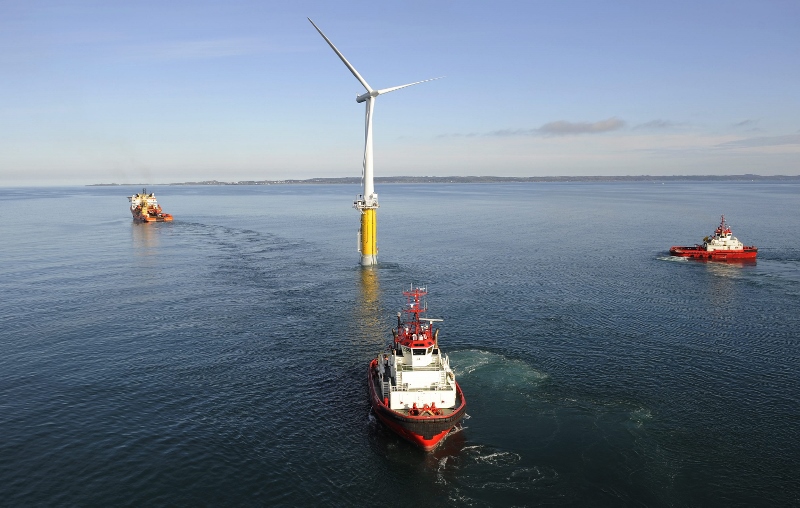As the oil and gas industry welcomed prospects of loosened regulation under a Trump administration, President Obama laid new roadblocks to Atlantic and Arctic offshore exploration.
Meanwhile, a couple of European energy companies are building their own long plays to cash in on wind energy in U.S. waters.
On Dec. 15 Norway-based Statoil put in a winning $42 million provisional bid for a nearly 80,000 acre lease off New York — by far the biggest offshore wind deal brokered by the federal Bureau of Ocean Energy Management, which up to then had brought in $16 million for a combined 1 million acres in wind leases.
The sale still faces a federal court challenge from commercial fishermen, who say BOEM did not listen to their concerns about impacts on scallop and squid fisheries. But it was the most competitive wind lease with six rounds of bidding, showing the potential developers see for selling into the power-hungry New York metro region.
“The U.S. is a key emerging market for offshore wind — both bottom-fixed and floating — with significant potential along both the east and west coasts,” said Irene Rummelhof, Statoil’s executive vice president for New Energy Solutions. Statoil is investing in floating turbines for deeper-water sites with its Hywind project.
“Statoil is well positioned to take part in what could be a significant build out of offshore wind in New York and other states over the next decade,” Rummelhof said. “This effort is in line with the company’s strategy to gradually complement our oil and gas portfolio with viable renewable energy and other low-carbon solutions.”
The Trump camp has sent signals of hostility toward wind energy. One advisor has called for tighter environmental reviews, and the president-elect himself fought an offshore turbine plan within view of his golf resort in Scotland.
In a 2011-2013 series of 16 letters obtained by the Huffington Post UK, Trump called on then-Scotland First Minister Alex Salmond to end support for the development by Swedish state energy company Vattenfall AB, calling the turbines “monsters” that would “destroy” the Scottish coastline and tourism.
“Do you want to be known for centuries to come as ‘Mad Alex — the man who destroyed Scotland?’” Trump demanded in a March 2012 missive.
If developers on this side of the Atlantic have any fear of Trump, they are not showing it since the election. DONG Energy, the Danish oil, gas and wind company, moved forward with solidifying its plans to develop a lease off Martha’s Vineyard, partnering with Massachusetts power provider Eversource Energy.
Deepwater Wind LLC, which this month turned on its 30 MW Block Island Wind Farm, obtained the lease rights for an area 17 miles off the coast of Delaware and Maryland. The planned Skipjack Wind Farm could generate up to 120 MW, and Deepwater CEO Jeff Grybowski said his company’s planning is driven more by conditions in the East Coast states than by federal policy.
Goldman Sachs among others discounts the federal policy zig-zags that might happen under a Trump administration. Its analysts point out that 29 states now have various policies to encourage development of wind, solar and other renewable sources.
A 2015 bipartisan agreement in Congress extended tax credits on wind energy and solar investments through 2020 — a 30% tax cut that will help bring more of that equipment online.
Conservative critics do not like that subsidy, but they will go up against other Republicans if they attack it. Wind and solar companies make jobs and money in solidly Republican states like Texas, and their entrenchment is unlikely to be soon undone from Washington.




